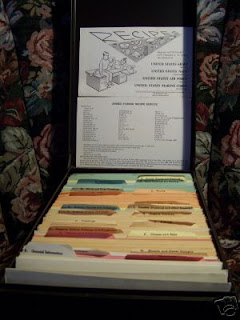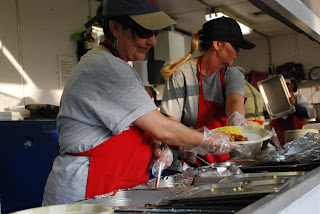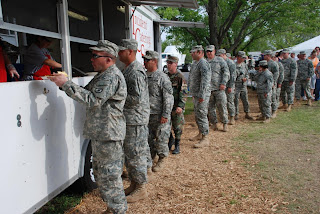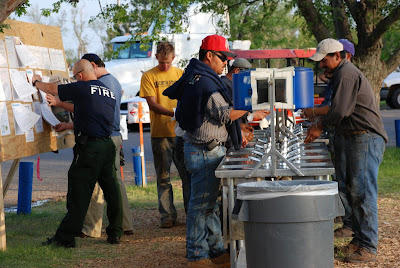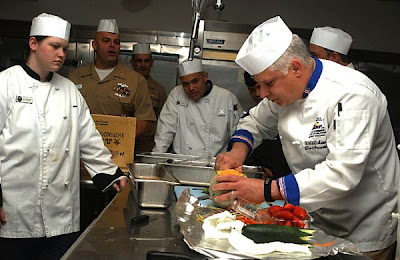She's hosting a graduation BBQ for he daughter next Saturday and would like to cook the meat on the gas grill in the back yard. With temperatures climbing toward the century mark this time of year, Terry doesn't want to heat the house.
 Someone recommended that Terry use a brisket for the meat. Brisket is a very flavorful cut of meat. The cut comes from the breast meat just under the chuck, which is located under the first five ribs.
Someone recommended that Terry use a brisket for the meat. Brisket is a very flavorful cut of meat. The cut comes from the breast meat just under the chuck, which is located under the first five ribs.Brisket's toughness steams from its proximity to the working muscles of the forelegs. The meat is typically used for barbecue, pot roast and corned beef.
Slow cooking tenderizes the brisket. The cut, which is often cut into pieces that range from six to 12 pounds, lends itself to smoking and dry rubs. Ever popular Texas barbecue is made with full cuts of brisket smoked for eight to 10 hours with flavorful hardwoods like apple, mesquite and hickory. We'll leave smoking for another time.
Like its cousin chuck from further up on the back, brisket responds well to a slow braise in a flavored liquid. The key, like pot roast made from a seven-bone chuck roast, it to barely cover the meat with a liquid. Heat control is critical outdoors where weather conditions, such as wind and precipitation, has greater influence on the heat source.
The simplest way to braise a brisket is to place it in a diluted barbecue sauce. Many barbecue sauces are too thick for a braise. Since the sugars in the thick sauce can easily burn, I find that it's best to dilute it by one-third (a 3:1 sauce to broth ratio).

BARBECUED BEEF SANDWICHES
This recipe will serve 30 to 40 people. The total number of servings will vary according to the total weight of brisket prepared. Figure about three ounces cooked meat per portion. By the time you trim excess fat, the yield will be about four servings per pound of brisket.
I was able to snuggly fit 2 briskets in a 14-inch regular Dutch oven. I purchased 9-1/2-pounds for the test batch, which was almost too much for 14-inch regular oven. Next time I'll use a deep camp oven for the recipe.
One four- to five-pound brisket will fit inside a 12-inch Dutch oven. Prepare one-half the recipe for a 12-incher.
2 beef briskets, trimmed (about 8 to 10 pounds)
2 large onions, sliced
6 cups barbecue sauce
2 cups chicken broth
40 to 50 hamburger buns
Season the brisket with salt and pepper. Heat a light coating of oil in a 14-inch Dutch oven over medium-high heat. Add the brisket, brown on all sides and transfer to a platter. Pour off excess fat. Add onions and cook until carmelized.
Place brisket on top of onions. Combine barbecue sauce and broth. Pour over meat and place lid on the Dutch oven. Bake with coals for 300 to 325 degrees for about 2 to 3 hours or until fork tender.
Remove meat from braising liquid and cool. Skim fat from liquid. Thinly slice the meat and return to the Dutch oven and heat. Serve 3 ounces meat on each hamburger bun.

